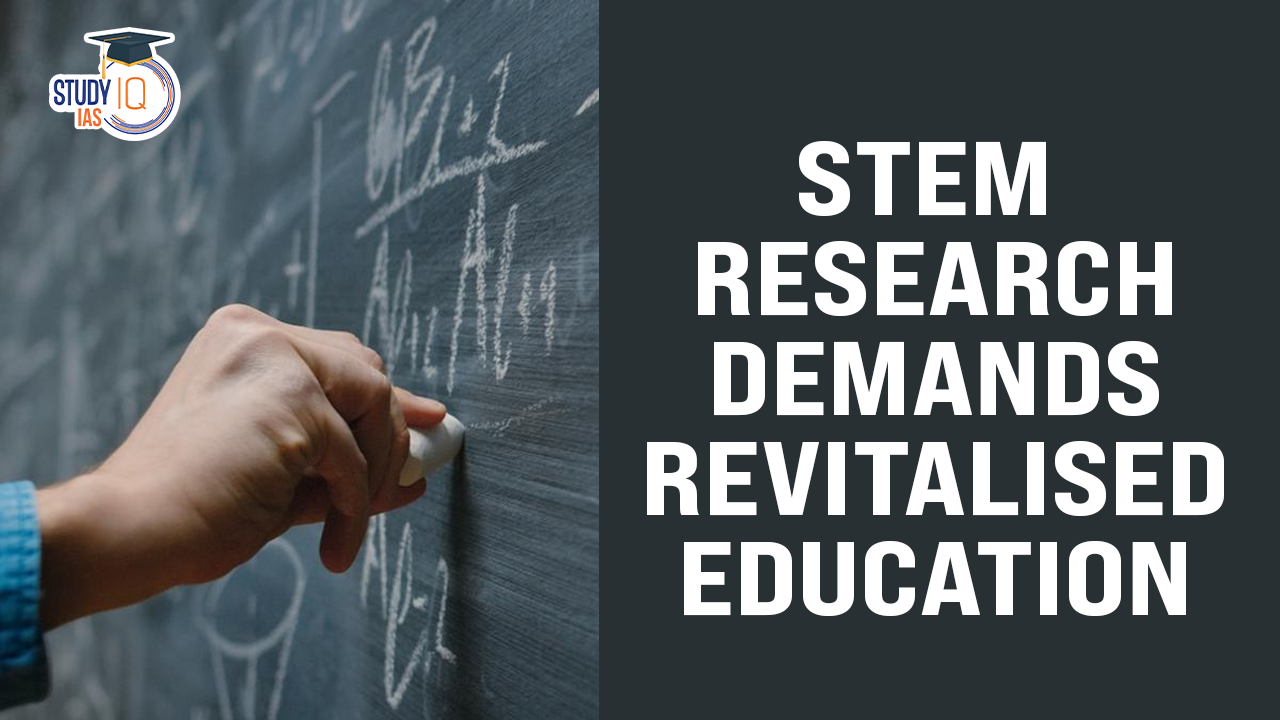Table of Contents
Current Landscape of Higher Education
- Expansion vs. Quality: While private engineering colleges and newer Indian Institutes of Technology (IITs) have increased access to education, a majority of graduates lack essential skills required by industries.
- This discrepancy raises alarms about the quality of students entering higher studies and the workforce.
- Statistics on Enrollment: Premier institutes like IITs and National Institutes of Technology (NITs) admit only about 5% of undergraduate students in India.
- g., IIT Bhubaneswar accepts fewer than 60 students annually for its computer science program, whereas private institutions like KIIT University enroll over 2,000 students in the same field.
- Industry Concerns: Industries are struggling to find skilled professionals, exacerbated by a dwindling number of students pursuing higher education.
- This situation is compounded by faculty shortages in institutions.
Root Causes of Quality Issues
- Training Quality: The quality of training in teaching institutions is often compromised as faculty members prioritise research output—such as papers and patents—over effective teaching practices.
- This leads to a cycle where poor-quality graduates emerge.
- As a consequence, this negatively impacts industry standards and research capabilities.
- Predatory Research Practices: The pressure to publish can drive faculty towards predatory conferences and journals.
- This diverts the resources from improving pedagogy to generating low-quality research outputs.
Proposed Solutions
- Separate Rankings for Teaching and Research Institutions: Rank teaching institutions based on teaching quality rather than research output to reduce pressure on low-quality research production and improve pedagogy.
- Shift Faculty Development: Teaching institutions should prioritise faculty development programs, mentorship, and innovative course offerings.
- Collaborations with research institutions can improve teaching methods.
- Establishing a dedicated academic hierarchy for teaching roles could incentivize faculty to focus on pedagogy.
- Establish Pedagogy-Focused Promotion Criteria: Funding agencies could incentivize teaching quality through the establishment of pedagogy-focused centres of excellence and inter-institutional partnerships.
- Joint Degree Agreements Between Institutions: Research institutions could establish joint degree programs with teaching institutions.
- Students could spend their final years at research institutions, earning a “hyphenated degree” and benefiting from high-quality training.
- Faculty and Student Exchange Programs: Increase collaborations and exchange programs between teaching and research institutions to enhance curriculum alignment and teaching quality, promoting skill transfer and resource sharing.


 Advanced Air Defence Radars: Types, Comp...
Advanced Air Defence Radars: Types, Comp...
 Ion Chromatography, Working and Applicat...
Ion Chromatography, Working and Applicat...
 Broadly Neutralising Antibodies (bNAbs):...
Broadly Neutralising Antibodies (bNAbs):...

























